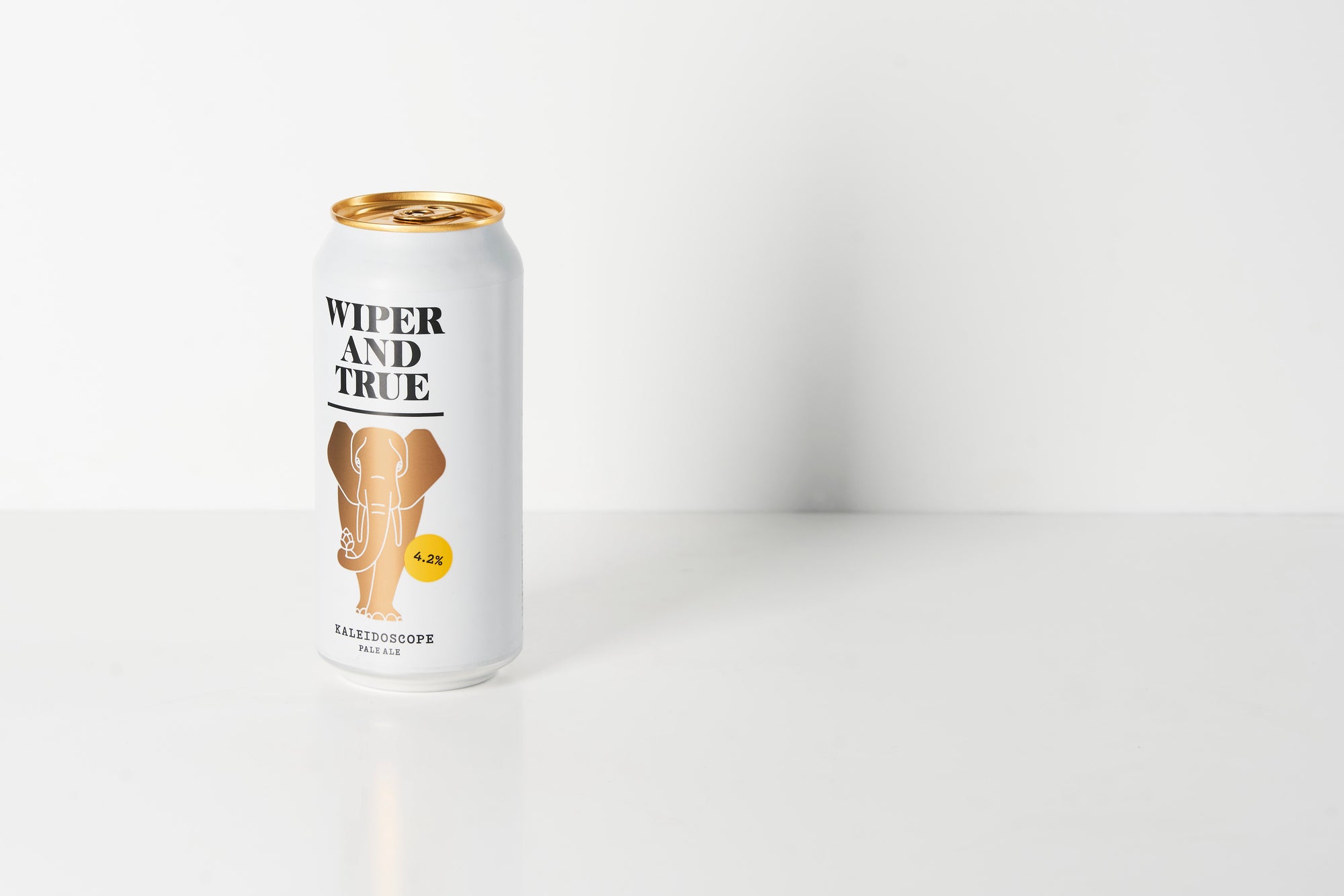Are you of legal drinking age in your country?
Sorry, you must be of legal drinking age to enter this website.

→ Gender pronouns are words that people use in place of names to refer to themselves or others.
→ Gender pronouns are an easy way of sharing information about your gender identity or other people’s.
→ People may use pronouns in all sorts of situations. Some may not disclose their pronouns at all.
→ Common examples of pronouns are “he / him / his”, “she / her / hers”, “they / them / theirs”, and there are many more examples and combinations.
→ Sex does not predetermine a person’s gender. Many people’s gender doesn’t match the sex they were assigned at birth.
→ We all like to be referred to in a way that makes us feel accepted. This can include the use of our name, gender and pronouns. Making the effort to ensure that someone feels welcomed and accepted is a basic, common courtesy that should be shown to everyone, and using the correct pronouns is part of this.
→ Using people’s correct pronouns shows that you respect them and who they are. At Wiper and True, we take the lead and introduce our pronouns, to allow people such as the trans and non-binary community to feel safe and comfortable in relaying their pronouns.
→ Including pronouns in e-mail signatures helps people to respectfully refer to one another, and avoid mistakes like misgendering someone.
→ If everyone displays their pronouns, it can help to normalise conversations around gender identity.